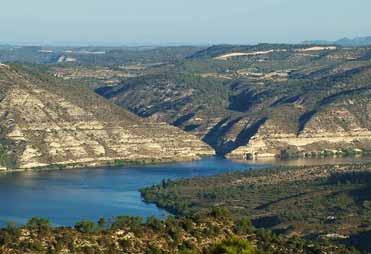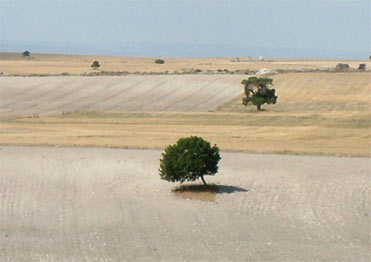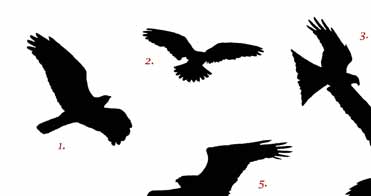Birdinginspain.com – our top 10 birds
Here is our list of the most special 10 species of bird that occur regularly in northeast Spain. Of course the choice is entirely subjective, and depends on appreciation of things like attractiveness, rarity, behaviour or even habitat.
Below each species there is a link to a recommended itinerary from the Birdinginspain.com web page where it is possible to see the species.
Number 10: Red-backed Shrike
This species is one of the last summer migrants to reach its breeding grounds in Spain, and does so by migrating along the eastern Mediterranean and then following on through southern Europe before entering the Pyrenees.
Watch a Red-backed Shrike impaling an insect on a thorny bush in a green pasture with a beautiful mountain backdrop, take delight from the bird’s beautiful plumage and breathe the fresh air.
See the Red-backed Shrike here
Number 9: Hawfinch
The Hawfinch is a very localised breeder in this part of the world, so the easiest time to see it is in winter. Occasionally there are irruptions when groups of up to 50 birds can be seen, mostly in areas with a good number of Hackberries.
It’s a shy bird, often difficult to see well, but when you do it’s an experience to remember.
A winter itinerary for Hawfinch
Number 8: Bonelli’s Eagle
The Bonelli’s Eagle was SEO-Birdlife’s “bird of the year” in 2005. A magnificent and truly Mediterranean raptor, but unfortunately its range is shrinking and its population is declining. Electrocution, habitat fragmentation, disturbance at nest sites, even illegal shooting and poisoning are all taking their toll.
For me this is very much a “hiker’s bird”, a species which is best seen and appreciated when exploring an attractive Mediterranean massif on foot, as for example at els Ports or Montsant.
Bonelli’s Eagles may be seen here.
Number 7: Dupont’s Lark
Placing the much sought-after Dupont’s Lark at only number 7 seems rather contrived, but I’m a bit tired of trying to show decent views of this bird to tour groups. The lark rarely co-operates and is capable of keeping one waiting for hours before allowing itself to be glimpsed.
Nevertheless, Spain is the only country in Europe where the Dupont’s Lark can be seen, and the bird does have a beautiful song. It also manages to get me up and out on the steppes before dawn.
The place to look for Dupont’s Larks.
Number 6: Little Bustard
Listen out for this bird’s “prrrt” call, which sounds like it comes from a rather embarrassed raspberry blower. Accompanied by a backwards neck jerk, or even foot stamping and a little jump.
Locally known as the “dryland duck” in many ways the Little Bustard is a comical bird, but it always gives a little thrill when encountered on the drylands in spring, and is one of the essential elements of the steppeland chorus.
Look for Little Bustards here.
The top 5 will follow shortly…
…and then why not send your top 10?




